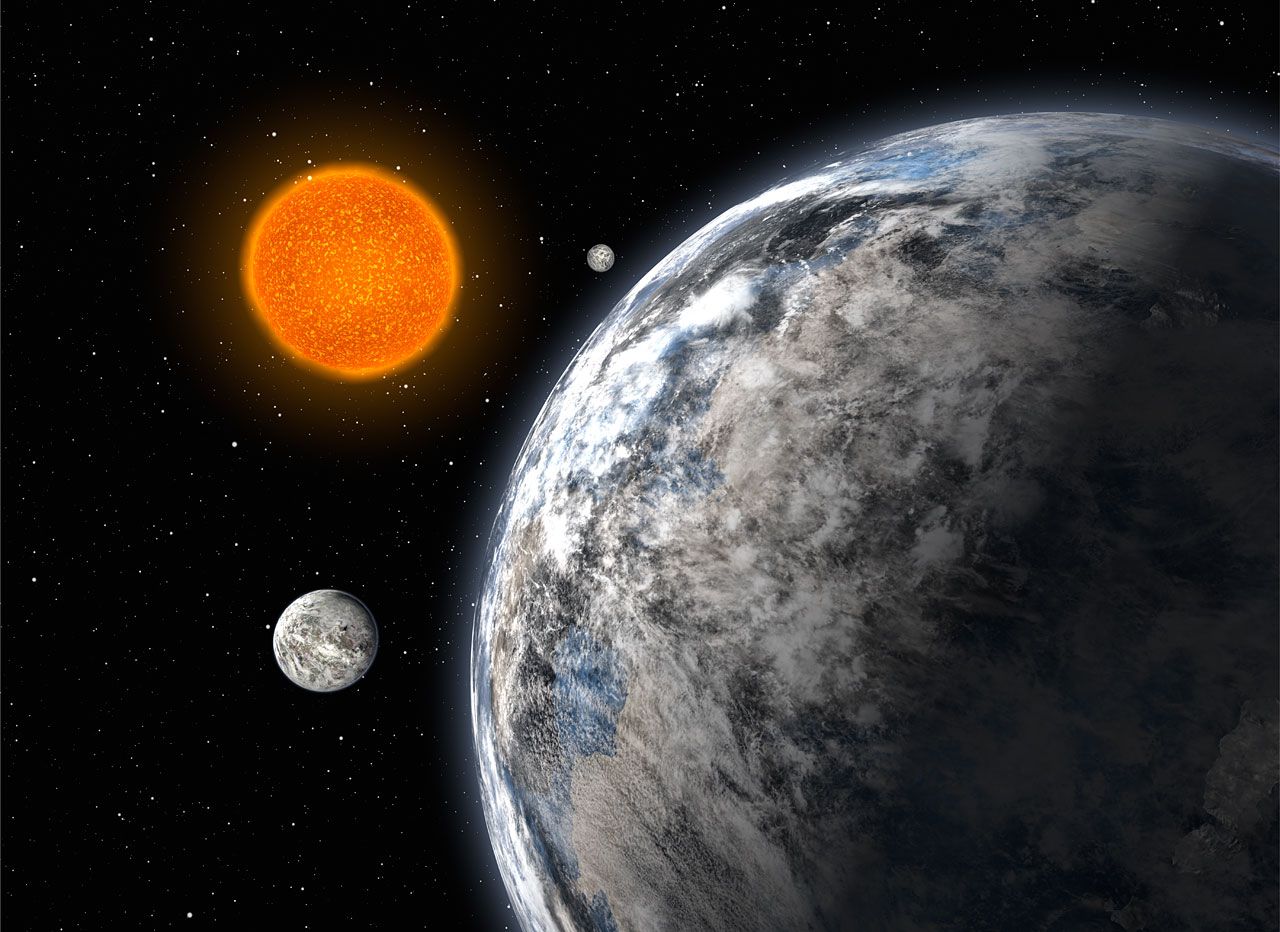-
 Dual core
Dual core
-
 Substitution deposit
Substitution deposit
-
 Gestagen
Gestagen
-
 Mesosphere
Mesosphere
-
 Vital capacity
Vital capacity
-
 Allele
Allele
-
 Listeria
Listeria
-
 Instant messaging
Instant messaging
-
 GNSS
GNSS
-
 Actinomorphic
Actinomorphic
-
 Orion nebula
Orion nebula
-
 Skin
Skin
-
 Antiemetic
Antiemetic
-
 Magnetar
Magnetar
-
 Rolling mill
Rolling mill
-
 Deuterostome
Deuterostome
-
 Controlled fusion
Controlled fusion
-
 Odontocetes
Odontocetes
-
 TNM Classification
TNM Classification
-
 Equalisation
Equalisation
-
 Superficial body growth
Superficial body growth
-
 Pyroclastic flow
Pyroclastic flow
-
 Basis weight or grammage
Basis weight or grammage
-
 Galaxy
Galaxy
-
 Transmissible spongiform encephalopathy
Transmissible spongiform encephalopathy
-
 Bicarbonate
Bicarbonate
-
 Transurethral
Transurethral
-
 Leaching
Leaching
-
 Polynia
Polynia
-
 Channel B
Channel B
Super-Earth
A super-Earth is an exoplanet of which the mass is less than ten times the Earth's mass and greater than five times Earth's mass, depending on the authors. This definition therefore has nothing to do with the composition of the exoplanet or its inhabitability. Usually the media depiction of a super-Earth is a rocky planet bigger than Earth.
A video on exoplanets. © ESA/Cnes/CNRS, lycintersgel, Youtube
Have any super-Earths been found?
The first super-Earths were discovered by Aleksander Wolszczan and Dale Frail around the PSR B1257 +12 pulsar, in 1992. The two planets have masses about four times that of the Earth, and so are too small to be gas giants.
The first super-Earth around a star on the main sequence was discovered by Eugenio Rivera and his colleagues in 2005. It is Gliese 876 d with a mass estimated at 7.5 times the mass of the Earth. To date, over thirty super-Earths are known but at the beginning of the 2011, exoplanet hunters using observations from Kepler announced that they had over 280 super-Earth candidates.
 Artist's impression of the trio of super-Earths discovered by a European team using the Harps spectrograph on the ESO 3.6 metre telescope at La Silla, Chile, after five years of observations. The three planets are 4.2, 6.7 and 9.4 times the Earth's mass and orbit around the HD 40307 star with periods of 4.3, 9.6 and 20.4 days respectively. © ESO
Artist's impression of the trio of super-Earths discovered by a European team using the Harps spectrograph on the ESO 3.6 metre telescope at La Silla, Chile, after five years of observations. The three planets are 4.2, 6.7 and 9.4 times the Earth's mass and orbit around the HD 40307 star with periods of 4.3, 9.6 and 20.4 days respectively. © ESO
Latest
Fill out my online form.



